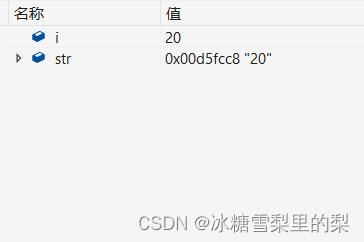文章目录
- du命令简介
- 用法
- 常用选项
- 示例
- 文档
- 原
- 中文
- 选项详细解释
- 示例
- 递归统计某个目录下所有文件大小(不足单位会向上取整)(注意:可能会将目录大小也统计进去,目录大小为4096字节=4kb?)
- du命令使用注意事项
- du命令貌似无法只计算文件的大小,它会把目录的大小一起算上
du命令简介
du命令用于查看文件或目录的磁盘使用情况。它会递归地计算指定目录下所有文件和子目录的大小,并以可读性较好的方式显示出来。
用法
du [选项] [文件或目录]
常用选项
-h:以人类可读的方式显示文件大小。-s:仅显示总计大小,不显示每个文件和目录的详细信息。-c:同时显示总计大小。-a:显示所有文件和目录的大小,包括隐藏文件。-x:仅计算指定目录下的文件和子目录的大小,不计算其他文件系统挂载点上的文件大小。-L:计算符号链接指向的文件或目录的大小,而不是符号链接本身的大小。
示例
- 查看当前目录下所有文件和子目录的大小:
du

- 查看指定目录的磁盘使用情况:
du /path/to/directory

- 以人类可读的方式显示文件大小:
du -h

- 仅显示总计大小:
du -s

- 同时显示总计大小:
du -c

- 显示所有文件和目录的大小,包括隐藏文件:
du -a
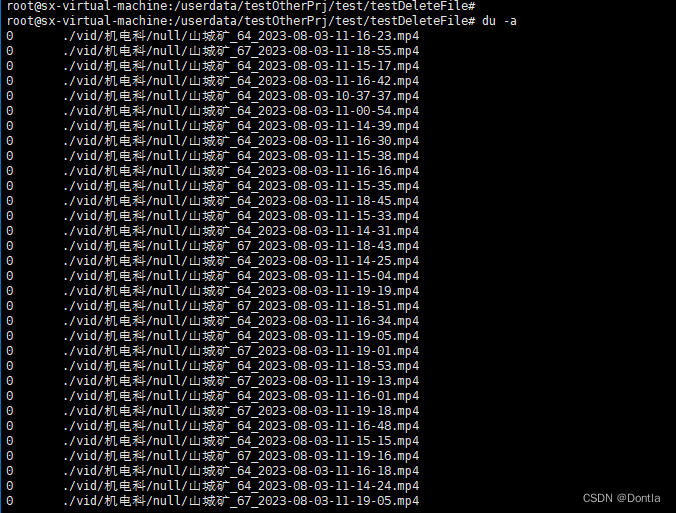
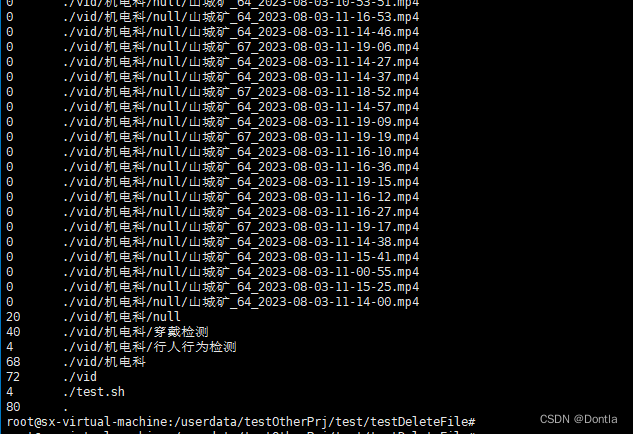
- 仅计算指定目录下的文件和子目录的大小,不计算其他文件系统挂载点上的文件大小:
du -x /path/to/directory

- 计算符号链接指向的文件或目录的大小,而不是符号链接本身的大小:
du -L /path/to/symlink

文档
原
du --help
Usage: du [OPTION]... [FILE]...
or: du [OPTION]... --files0-from=F
Summarize disk usage of the set of FILEs, recursively for directories.
Mandatory arguments to long options are mandatory for short options too.
-0, --null end each output line with NUL, not newline
-a, --all write counts for all files, not just directories
--apparent-size print apparent sizes, rather than disk usage; although
the apparent size is usually smaller, it may be
larger due to holes in ('sparse') files, internal
fragmentation, indirect blocks, and the like
-B, --block-size=SIZE scale sizes by SIZE before printing them; e.g.,
'-BM' prints sizes in units of 1,048,576 bytes;
see SIZE format below
-b, --bytes equivalent to '--apparent-size --block-size=1'
-c, --total produce a grand total
-D, --dereference-args dereference only symlinks that are listed on the
command line
-d, --max-depth=N print the total for a directory (or file, with --all)
only if it is N or fewer levels below the command
line argument; --max-depth=0 is the same as
--summarize
--files0-from=F summarize disk usage of the
NUL-terminated file names specified in file F;
if F is -, then read names from standard input
-H equivalent to --dereference-args (-D)
-h, --human-readable print sizes in human readable format (e.g., 1K 234M 2G)
--inodes list inode usage information instead of block usage
-k like --block-size=1K
-L, --dereference dereference all symbolic links
-l, --count-links count sizes many times if hard linked
-m like --block-size=1M
-P, --no-dereference don't follow any symbolic links (this is the default)
-S, --separate-dirs for directories do not include size of subdirectories
--si like -h, but use powers of 1000 not 1024
-s, --summarize display only a total for each argument
-t, --threshold=SIZE exclude entries smaller than SIZE if positive,
or entries greater than SIZE if negative
--time show time of the last modification of any file in the
directory, or any of its subdirectories
--time=WORD show time as WORD instead of modification time:
atime, access, use, ctime or status
--time-style=STYLE show times using STYLE, which can be:
full-iso, long-iso, iso, or +FORMAT;
FORMAT is interpreted like in 'date'
-X, --exclude-from=FILE exclude files that match any pattern in FILE
--exclude=PATTERN exclude files that match PATTERN
-x, --one-file-system skip directories on different file systems
--help display this help and exit
--version output version information and exit
Display values are in units of the first available SIZE from --block-size,
and the DU_BLOCK_SIZE, BLOCK_SIZE and BLOCKSIZE environment variables.
Otherwise, units default to 1024 bytes (or 512 if POSIXLY_CORRECT is set).
The SIZE argument is an integer and optional unit (example: 10K is 10*1024).
Units are K,M,G,T,P,E,Z,Y (powers of 1024) or KB,MB,... (powers of 1000).
GNU coreutils online help: <https://www.gnu.org/software/coreutils/>
Full documentation at: <https://www.gnu.org/software/coreutils/du>
or available locally via: info '(coreutils) du invocation'
中文
用中文翻译如下:
用法:du [选项]... [文件]...
或:du [选项]... --files0-from=F
递归地总结一组文件的磁盘使用情况。
长选项的必选参数对于短选项也是必选的。
-0, --null 每行输出以NUL而不是换行符结尾
-a, --all 计算所有文件的大小,而不仅仅是目录
--apparent-size 打印表面大小,而不是磁盘使用量;虽然表面大小通常较小,但由于('稀疏')文件中的空洞、内部碎片、间接块等原因,它可能更大
-B, --block-size=SIZE 在打印之前按SIZE缩放大小;例如,
'-BM'以1,048,576字节为单位打印大小;
请参阅下面的SIZE格式
-b, --bytes 等同于'--apparent-size --block-size=1'
-c, --total 生成总计
-D, --dereference-args 仅解引用命令行上列出的符号链接
-d, --max-depth=N 仅在目录(或文件,使用--all)的层次结构低于命令行参数的N级时才打印总计;--max-depth=0与--summarize相同
--files0-from=F 总结在文件F中指定的以NUL结尾的文件名的磁盘使用情况;
如果F为-,则从标准输入读取名称
-H 等同于--dereference-args(-D)
-h, --human-readable 以人类可读的格式打印大小(例如,1K 234M 2G)
--inodes 列出inode使用信息而不是块使用信息
-k 等同于--block-size=1K
-L, --dereference 解引用所有符号链接
-l, --count-links 如果有硬链接,则多次计算大小
-m 等同于--block-size=1M
-P, --no-dereference 不要跟随任何符号链接(这是默认设置)
-S, --separate-dirs 对于目录,不包括子目录的大小
--si 类似于-h,但使用1000而不是1024的幂
-s, --summarize 仅显示每个参数的总计
-t, --threshold=SIZE 排除小于SIZE的条目(如果为正数),
或大于SIZE的条目(如果为负数)
--time 显示目录中任何文件或其子目录的最后修改时间
--time=WORD 以WORD而不是修改时间显示时间:
atime,access,use,ctime或status
--time-style=STYLE 使用STYLE显示时间,可以是:
full-iso,long-iso,iso或+FORMAT;
FORMAT的解释方式与'date'相同
-X, --exclude-from=FILE 排除与FILE中的任何模式匹配的文件
--exclude=PATTERN 排除与PATTERN匹配的文件
-x, --one-file-system 跳过不同文件系统上的目录
--help 显示此帮助并退出
--version 输出版本信息并退出
显示的值以--block-size、DU_BLOCK_SIZE、BLOCK_SIZE和BLOCKSIZE环境变量中的第一个可用的SIZE为单位。
否则,默认单位为1024字节(如果设置了POSIXLY_CORRECT,则为512字节)。
SIZE参数是一个整数和可选的单位(例如:10K是10*1024)。
单位可以是K、M、G、T、P、E、Z、Y(1024的幂次方)或KB、MB、...(1000的幂次方)。
GNU coreutils在线帮助:<https://www.gnu.org/software/coreutils/>
完整文档:<https://www.gnu.org/software/coreutils/du>
或通过本地info访问:<info '(coreutils) du invocation'>
选项详细解释
示例
递归统计某个目录下所有文件大小(不足单位会向上取整)(注意:可能会将目录大小也统计进去,目录大小为4096字节=4kb?)
以byte为单位:
du -sb /path/to/dir
root@sx-virtual-machine:/userdata/testOtherPrj/test/testDeleteFile#
root@sx-virtual-machine:/userdata/testOtherPrj/test/testDeleteFile# du -sb /userdata/testOtherPrj/test/testDeleteFile/vid
1285668420 /userdata/testOtherPrj/test/testDeleteFile/vid
root@sx-virtual-machine:/userdata/testOtherPrj/test/testDeleteFile#
以mb为单位:
du -sm /path/to/dir
root@sx-virtual-machine:/userdata/testOtherPrj/test/testDeleteFile#
root@sx-virtual-machine:/userdata/testOtherPrj/test/testDeleteFile# du -sm /userdata/testOtherPrj/test/testDeleteFile/vid
1228 /userdata/testOtherPrj/test/testDeleteFile/vid
root@sx-virtual-machine:/userdata/testOtherPrj/test/testDeleteFile#
du命令使用注意事项
在使用du命令时,有一些注意事项需要注意:
-
du命令默认会递归地计算指定目录下所有文件和子目录的大小。如果目录结构非常复杂或文件数量非常多,可能会导致计算时间较长。可以使用-s选项仅显示总计大小,以提高计算速度。 -
du命令默认以块为单位显示文件大小。可以使用-h选项以人类可读的方式显示文件大小,更容易理解。 -
du命令会计算所有文件和目录的大小,包括隐藏文件。如果只想计算非隐藏文件的大小,可以使用-a选项。 -
默认情况下,
du命令会计算指定目录下所有文件和子目录的大小,包括其他文件系统挂载点上的文件大小。如果只想计算指定目录下的文件和子目录的大小,可以使用-x选项。 -
du命令会计算符号链接本身的大小,而不是符号链接指向的文件或目录的大小。如果想计算符号链接指向的文件或目录的大小,可以使用-L选项。 -
du命令默认会显示所有文件和目录的大小,包括每个文件和目录的详细信息。如果只想显示总计大小,可以使用-s选项。 -
du命令需要有足够的权限才能访问文件和目录。如果没有足够的权限,可能无法计算某些文件或目录的大小。 -
du命令可以结合其他命令一起使用,例如使用管道符号|将du命令的输出传递给其他命令进行进一步处理。
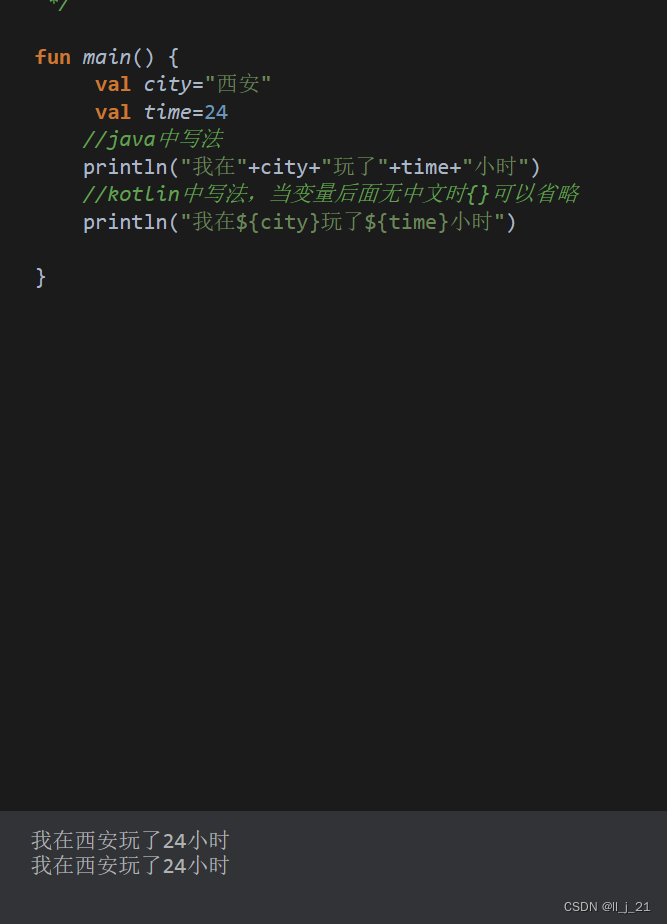
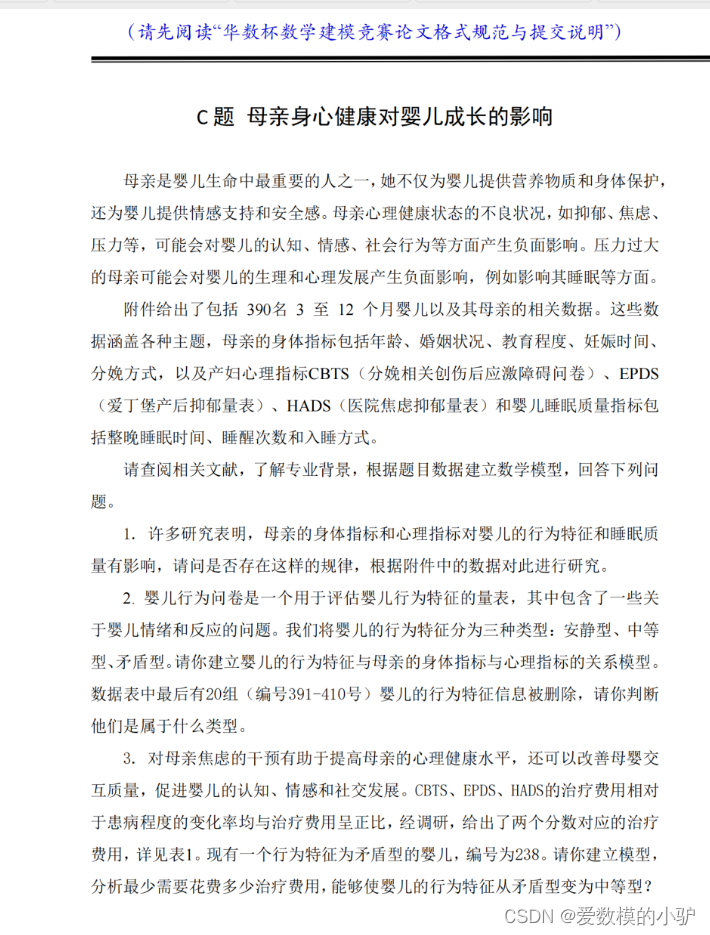
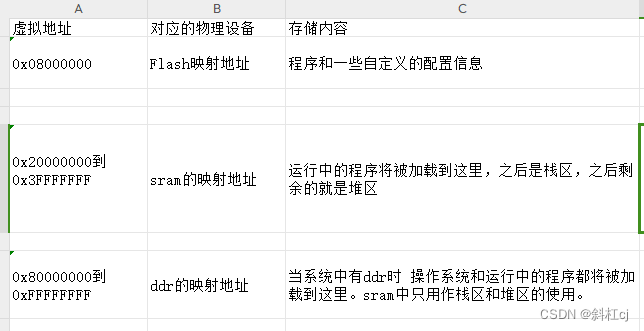
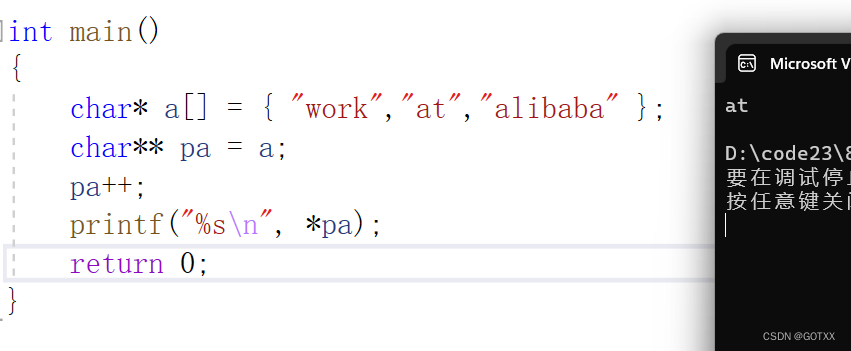
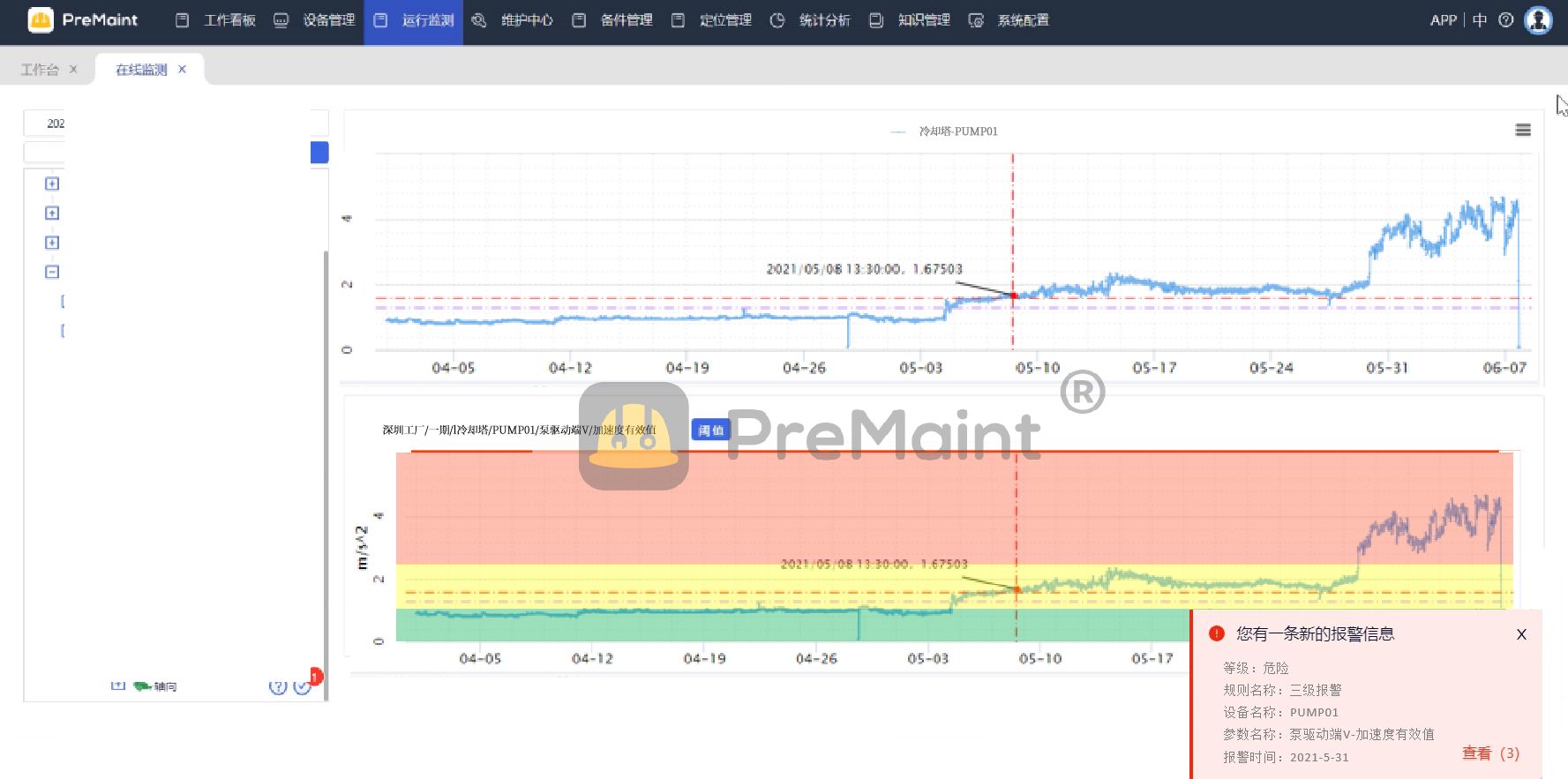
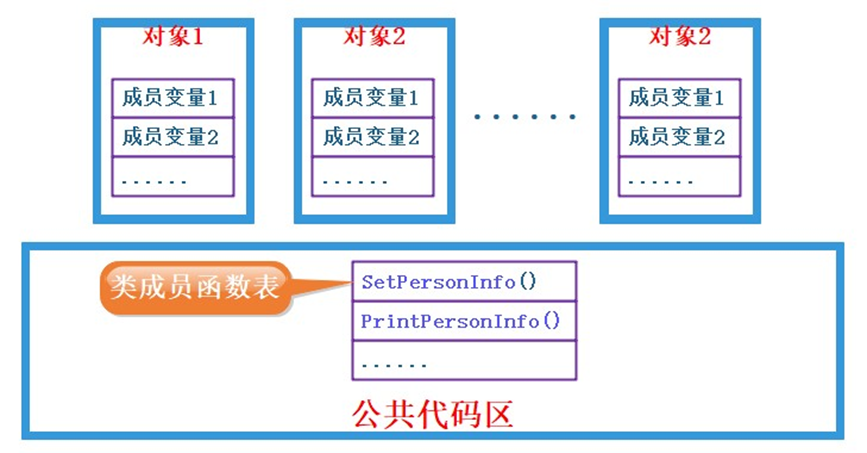


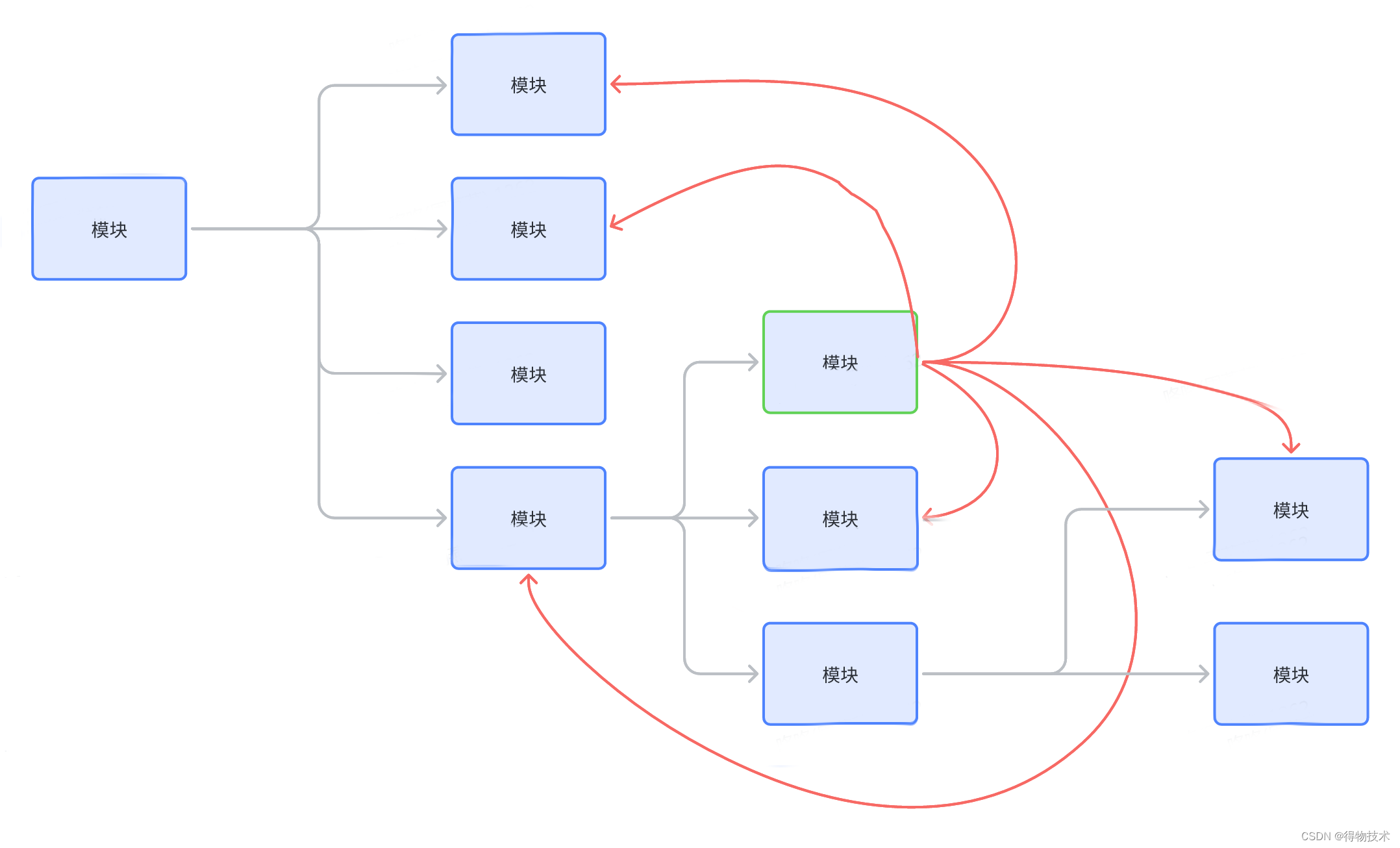



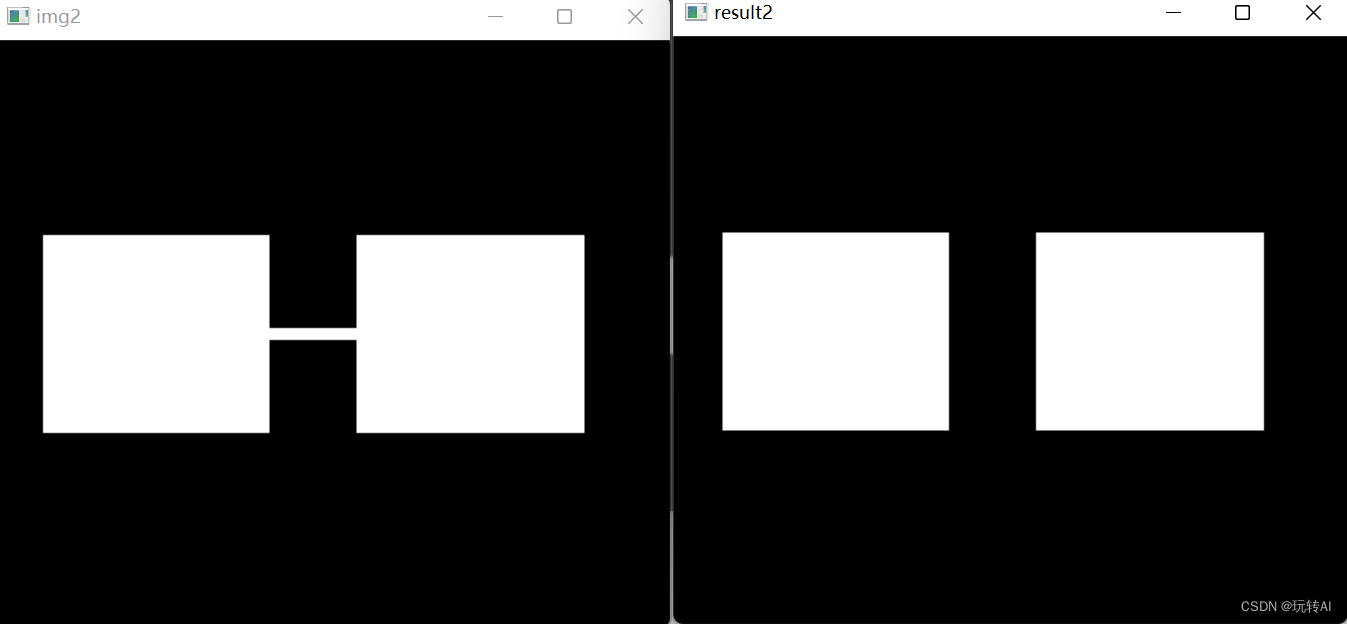
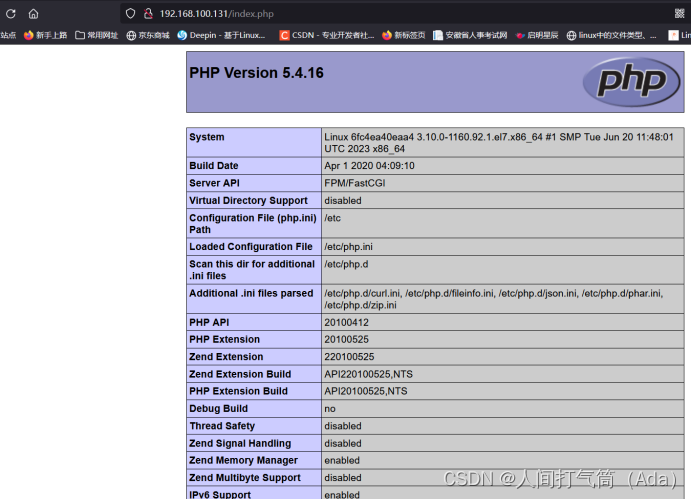

![[代码案例] 快速入手matlab绘图基本指令](https://img-blog.csdnimg.cn/fa9fb91c64ca4a73b8502745a2e16a17.png)
